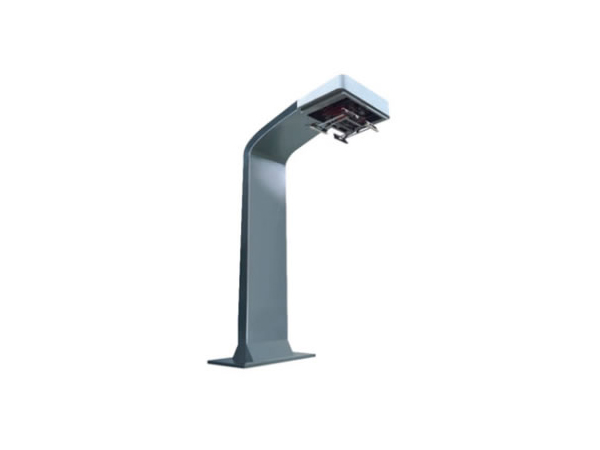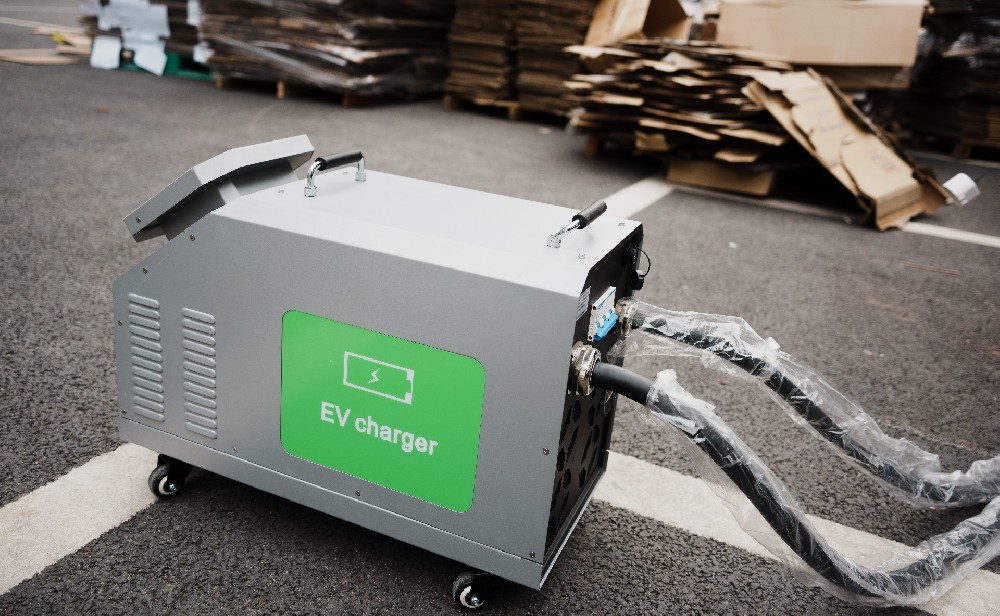-
13822183778@139.com
-
13822183778
Current National and Local Policies on Charging Infrastructure
National Policies
Mandatory Certification and Standards
The National Certification and Accreditation Administration (CNCA) has designated 5 certification bodies and 20 testing institutions to enforce mandatory product certification for EV charging equipment, ensuring compliance with safety and quality standards.
The GB/T 50966-2024 national standard for EV charging station design emphasizes fire safety, requiring mechanical smoke exhaust systems for underground charging zones and limiting charging power in high-risk areas3.
Subsidy Programs and Pilot Projects
The Ministry of Finance, MIIT, and MOT jointly launched the 2025 County-Level Charging Infrastructure Pilot, supporting 75 counties to address charging gaps. Pilot areas must adopt real-time data transmission ("direct connection") to centralized platforms.
A green charging initiative promotes renewable energy integration, incentivizing operators to use solar/wind power. Green electricity (绿电) is prioritized for charging stations to reduce costs and carbon footprints9.
Public Sector Electrification
The second phase of the Public Vehicle Electrification Pilot targets 10 cities, aiming to deploy 250,000 new EVs and 240,000 charging piles by 2026.
Local Policies
Infrastructure Expansion Targets
Anhui Province: Plans to build 25,000 public and 23,000 private charging piles in 2025, achieving full coverage of charging stations in all counties and townships.
Henan Province: Commits to installing over 20,000 public charging piles annually to address "last-mile" charging challenges1.
Tianjin: Requires 100% (charging-ready infrastructure) in new residential parking spaces and simplifies approval processes for retrofitting older communities10.

Subsidy Programs
Guangdong: Offers tiered subsidies based on charging volume (e.g., ¥0.25/kWh for ≥500,000 kWh/year).
Shanghai: Provides 50% for charging infrastructure in designated "A-class demonstration communities".
Sichuan: Awards up to ¥500,000 per station for shared battery-swapping facilities and prioritizes fast-charging infrastructure in highway service areas.
Safety and Technical Regulations
Shenzhen: Prohibits DC fast chargers in underground parking and caps power output at 30 kW for such facilities.
Jiangsu: Mandates fireproof partitions (≥2-hour) and independent evacuation routes for underground charging zones.
Zhejiang: Requires centralized layout of charging facilities in underground garages, aligned with national fire codes.
Tariff and Pricing Policies
Shaanxi: Implements time-of-use pricing for public charging, exempting capacity fees for facilities under 315 kVA until 2030.
Hainan: Offers ¥0.10/kWh operational subsidies for public charging stations, shared equally by provincial and local governments.
Key Challenges and Trends
Safety vs. Accessibility: Stricter fire codes (e.g., power limits, smoke control) may slow infrastructure deployment in dense urban areas.
Rural-Urban Divide: Subsidy programs prioritize counties and rural regions to bridge charging gaps, leveraging national pilot projects.
Green Transition: Policies increasingly link subsidies to renewable energy adoption, accelerating decarbonization of EV charging networks.
 How long does it take to charge ···
How long does it take to charge ···
 DC Fast Charging CCS type 2 plug
DC Fast Charging CCS type 2 plug
 The high-voltage and high-curren···
The high-voltage and high-curren···


